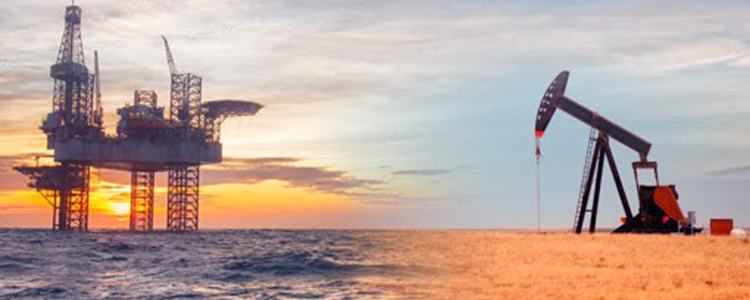
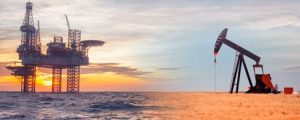 If the type of lubricant used is not appropriate, major issues such as downtime, reduced production, short lubricant lifespan, and shortened equipment life can arise, ultimately leading to increased replacement part costs.
If the type of lubricant used is not appropriate, major issues such as downtime, reduced production, short lubricant lifespan, and shortened equipment life can arise, ultimately leading to increased replacement part costs.
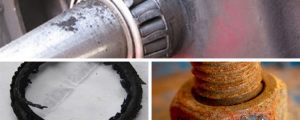
There are eight challenges related to the use of lubricants :
1. Heat
2. Wear
3. Overload
4. Chemical/Hydrocarbon Contamination
5. Leakage
6. Stuck Bolts/Pins
7. Corrosion
8. High Speed
There are two solutions to address these challenges:
- Use the lubricant according to its intended purpose
- Choose lubricant specifications based on field conditions
Use the Lubricant According to Its Intended Purpose
Using the lubricant according to its intended purpose will help you achieve the target of less maintenance. This is because, generally, there are six types of lubricants whose application needs to consider the type of equipment to be used. The six types of lubricants are oil, dispersion, anti-friction coating, paste, compound, and grease. Find out which type of lubricant is suitable for your compartment by consulting with the Eonchemical team.
Choosing Lubricant Specifications Based on Field Data
Choosing the right lubricant specifications can be very challenging, as it involves the costs incurred for purchasing lubricants and production targets. If the lubricant used is under-spec, it will impact the frequency of maintenance or even downtime, affecting the achievement of production targets. However, if the lubricant used is over-spec, it will inflate the costs for purchasing lubricants. Therefore, it is crucial to choose lubricant specifications based on field data using a very simple method, L.E.T.S (Load, Environment, Temperature, Speed). Consult with the Eonchemical team to determine the most suitable lubricant specifications for your workplace.
Success Story
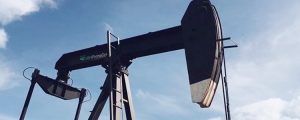
The sucker rod pump is one method of artificial lift used to bring hydrocarbon fluids from below the surface to above the surface. The problems encountered were:
- The existing grease condition on the sucker rod pump pin bearing often dried out (regreasing every week)
- Noise on the pin bearing
- Bearings quickly damaged (less than 6 months)
Losses :
- Cost of replacing damaged components
- Longer downtime if there are many component replacements, leading to reduced production achievement
- Higher grease consumption
Technical Data:
During field observation, the following technical data were obtained:
- Load: Medium
- Environment: Outdoor
- Temperature: 35 – 40 deg C
- Speed: Low
- Regreasing interval with old grease: Once a week
Solution :
Given the existing problems and technical data obtained, Eonchemicals provided a solution by applying Molykote BR 2 Plus.
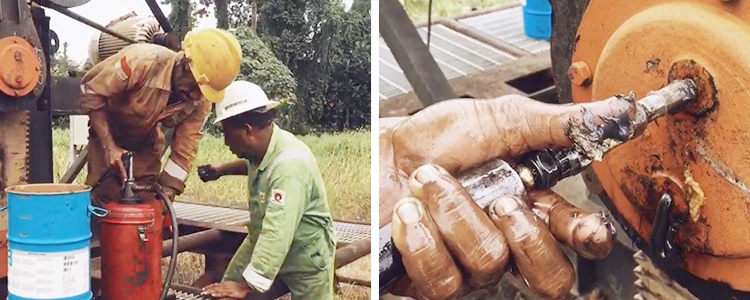
Trial Results :
Based on a one-month trial, Molykote BR 2 Plus was able to improve the regreasing interval from once a week to once a month, with the grease condition still visually good. It did not melt or harden, thereby reducing grease consumption and providing total cost savings.
Check out the trial results on the sucker rod pump below:
Eonchemicals is ready to provide high-performance lubrication solutions that save costs, labor, and time. Please contact us for free consultation or further information.
Consult with EON Now
We are ready to listen and provide the right chemical solution for you. Consultation with our experts is free!

 Home
Home